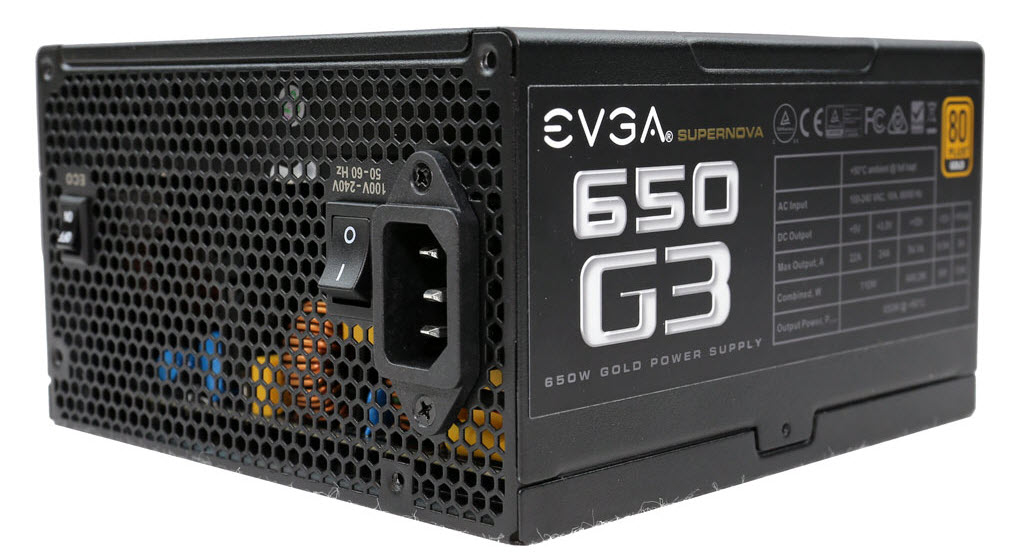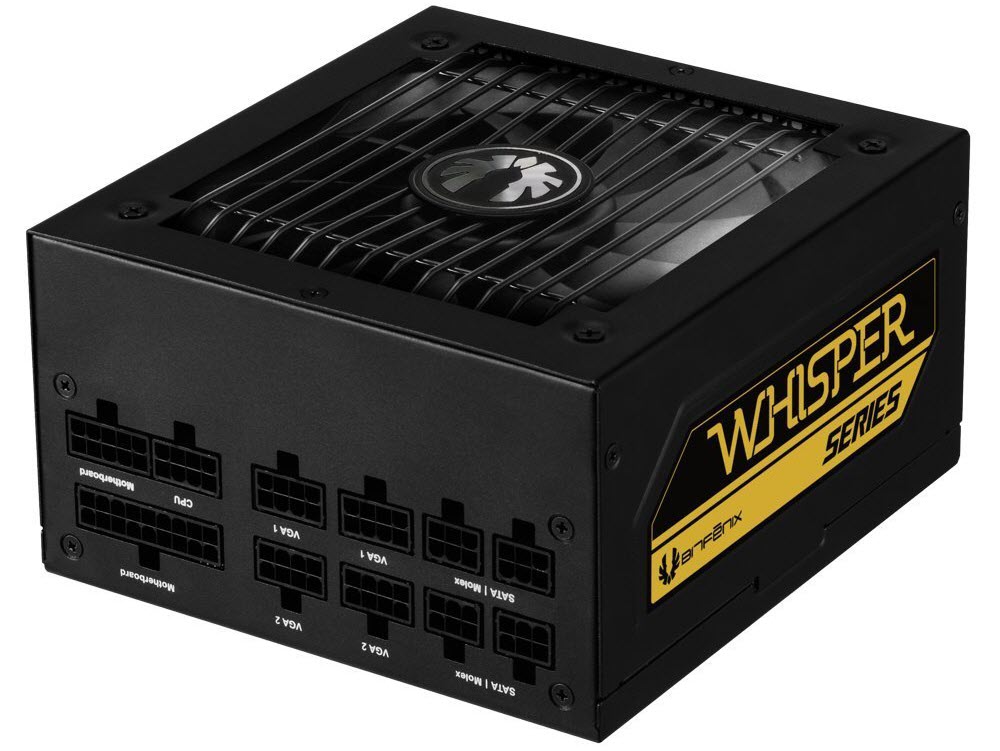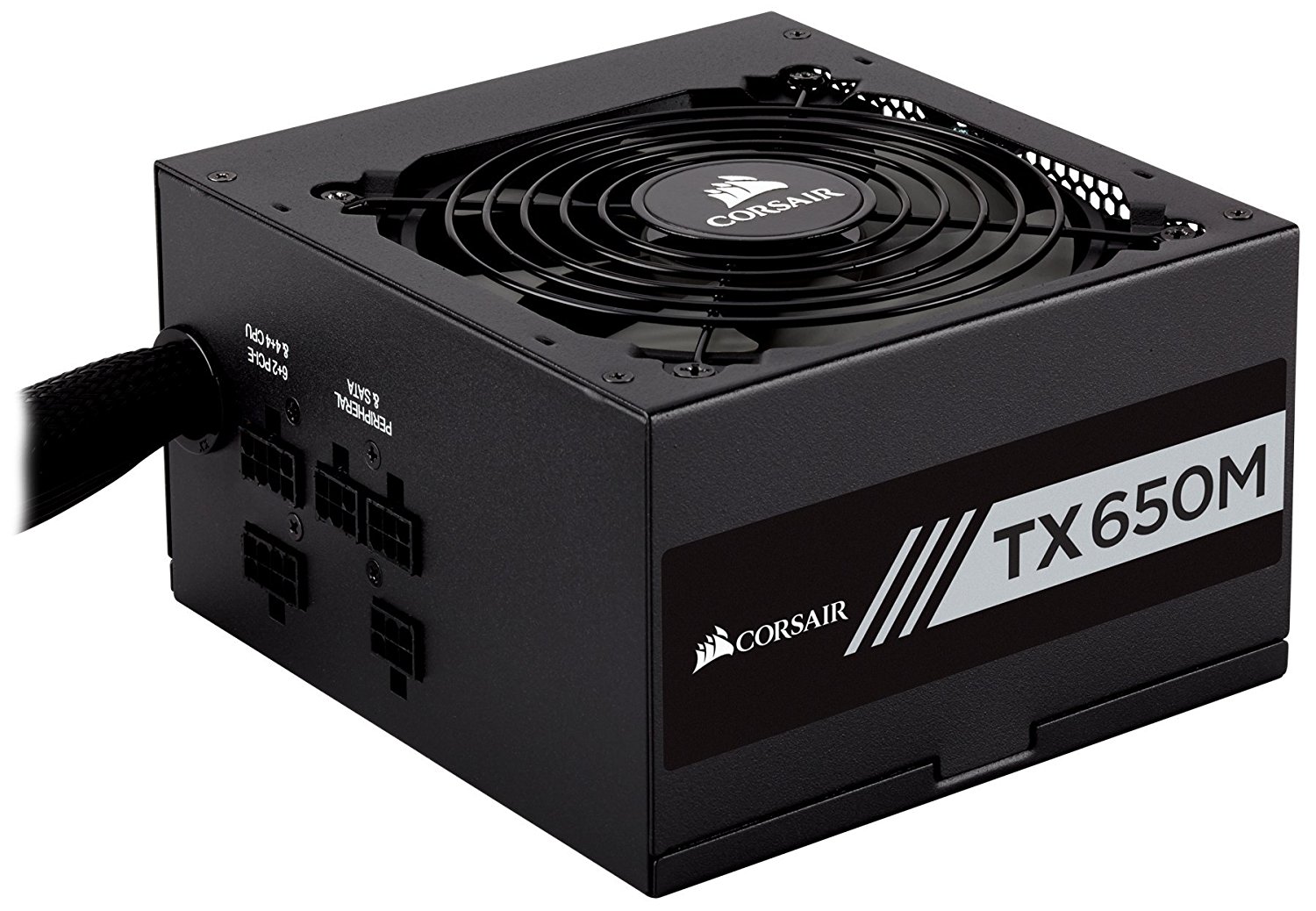EVGA 650 B3 PSU Review: No (Fixed) Cables Attached
Why you can trust Tom's Hardware
Load Regulation, Hold-Up Time & Inrush Current
To learn more about our PSU tests and methodology, please check out How We Test Power Supply Units.
Primary Rails And 5VSB Load Regulation
Load Regulation testing is detailed here.
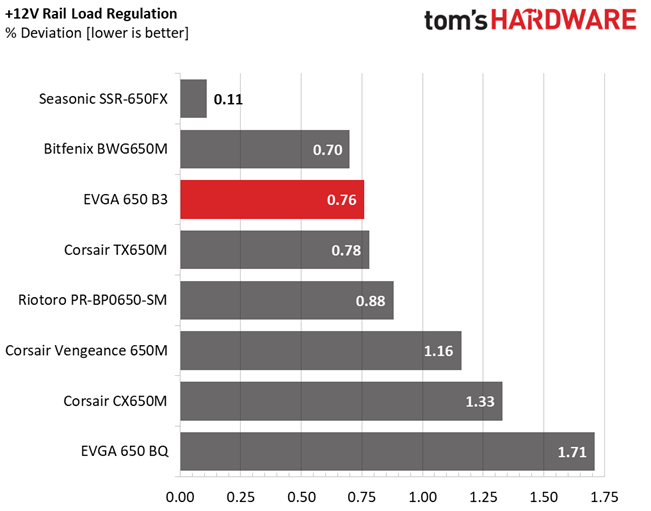
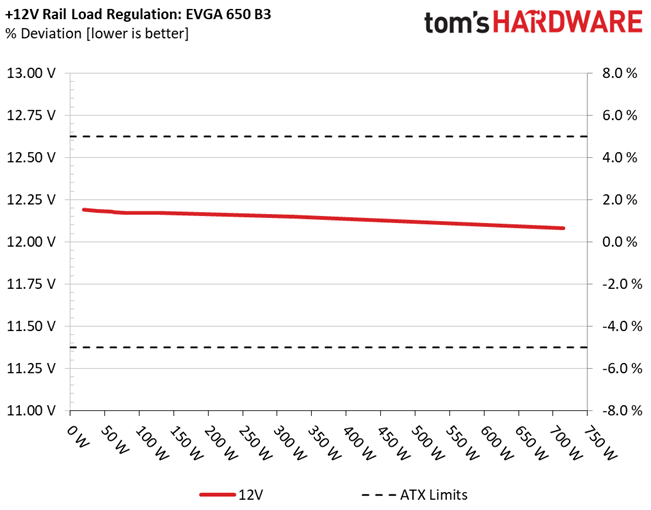

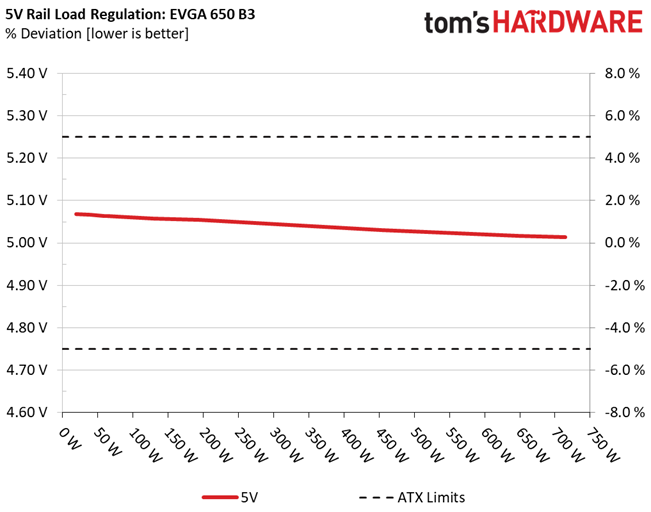
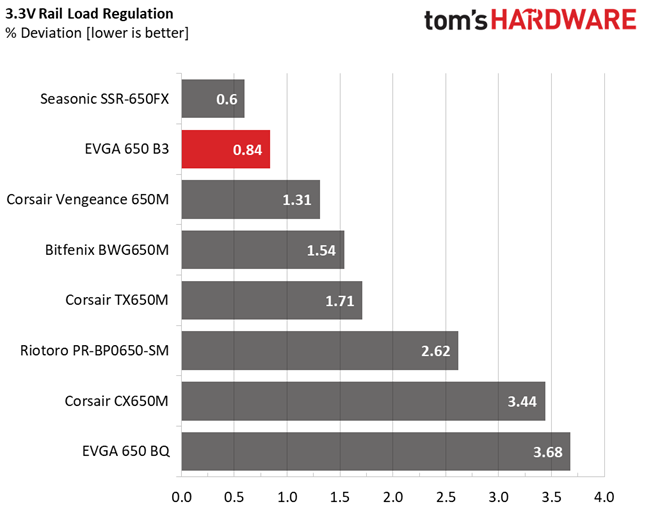
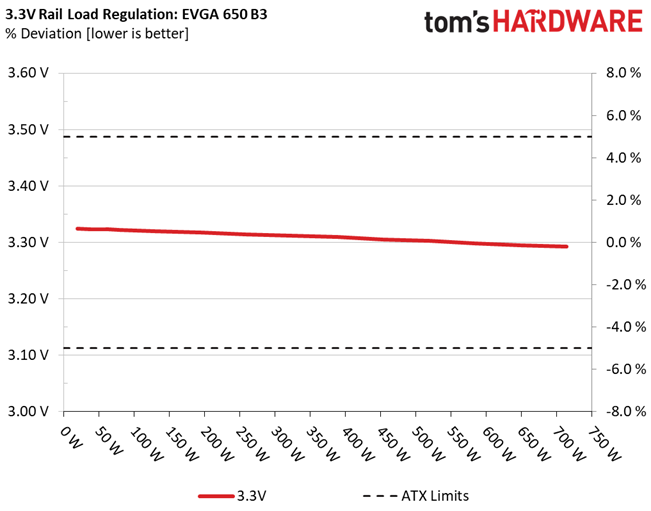
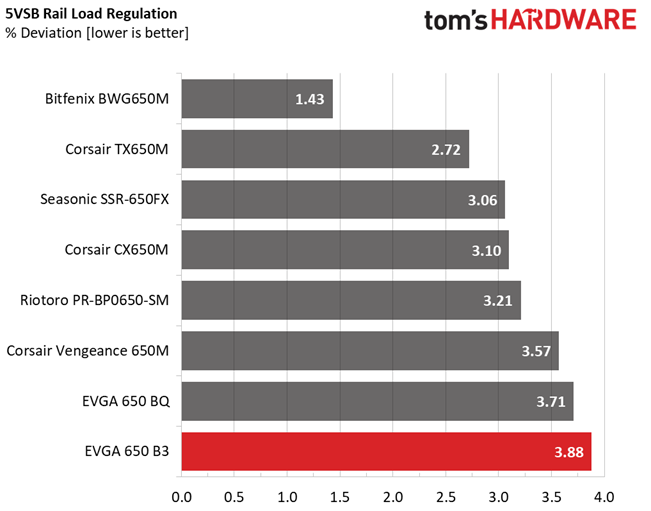
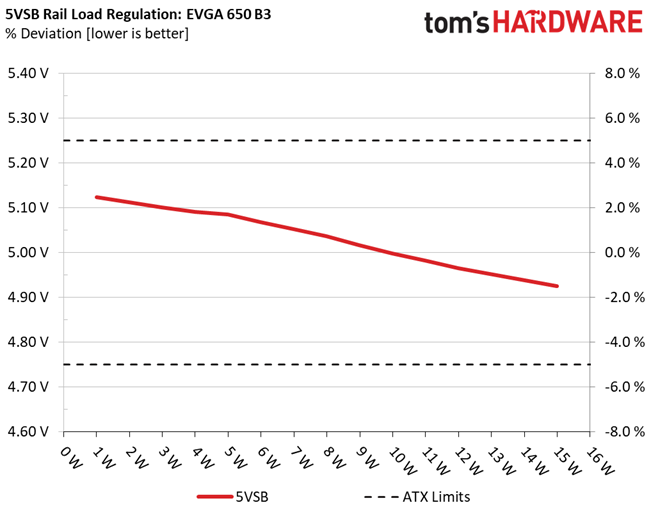
Hold-Up Time
Our hold-up time tests are described in detail here.
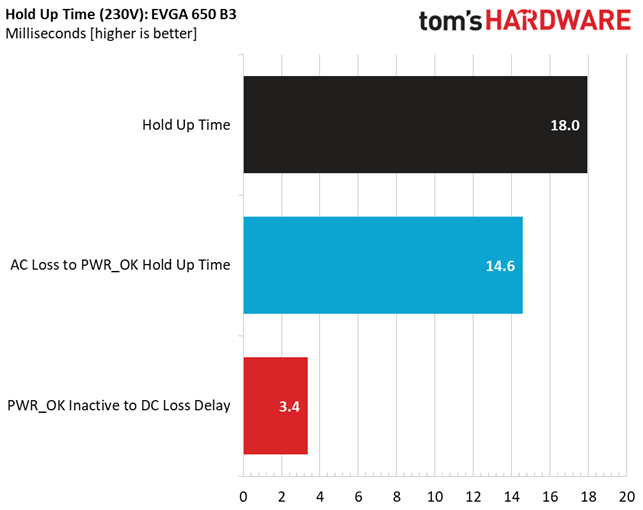
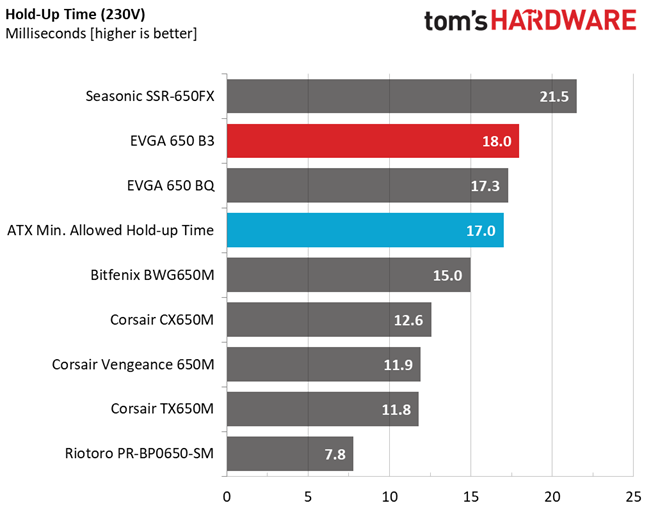
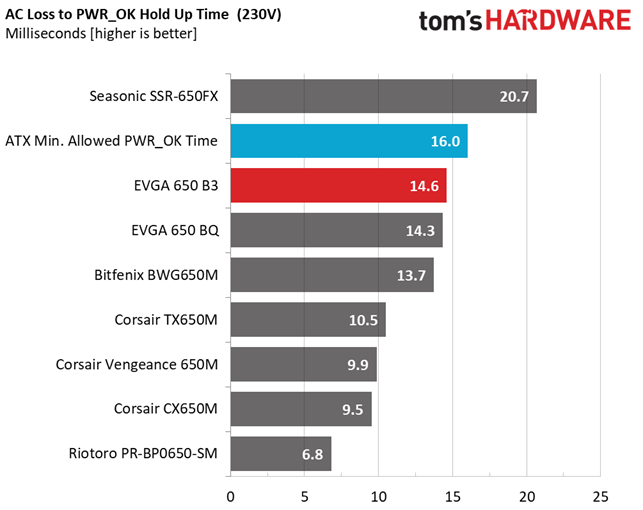
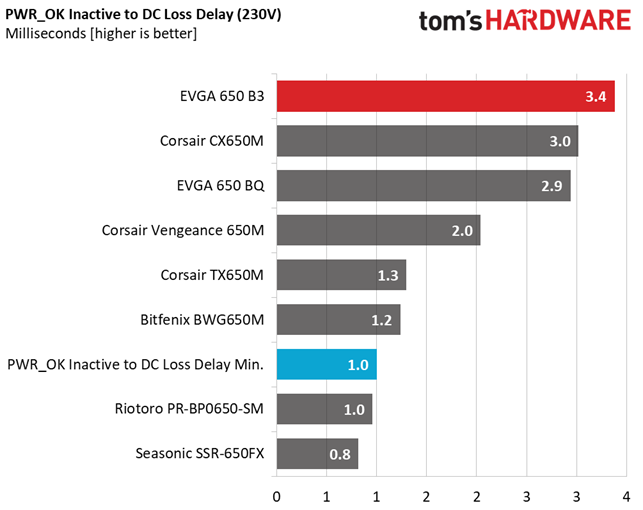
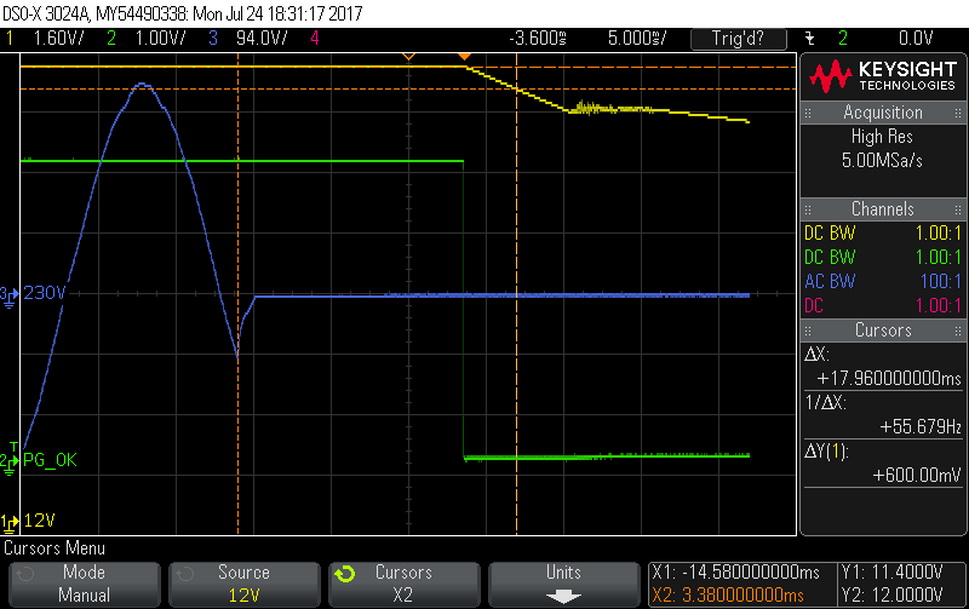
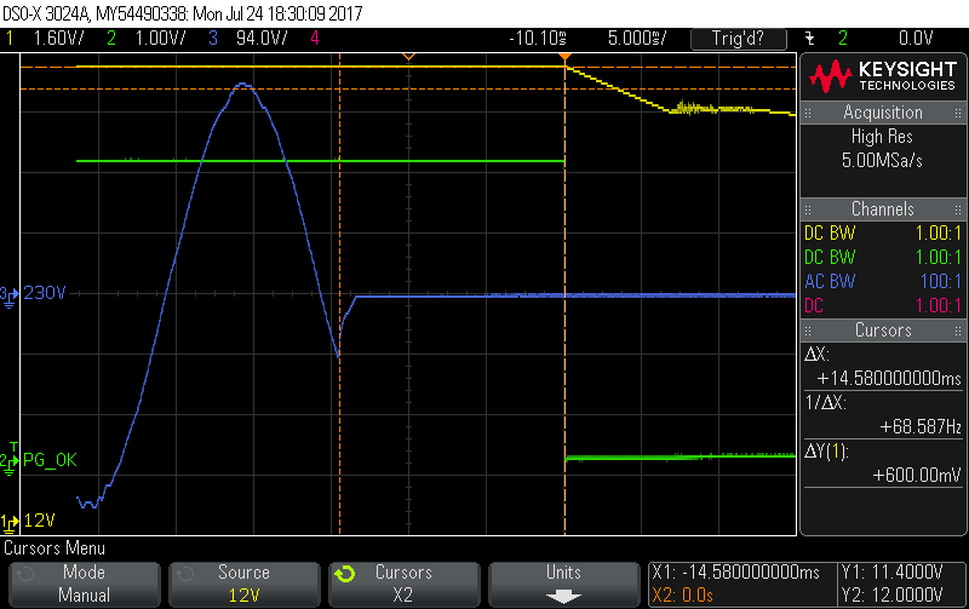
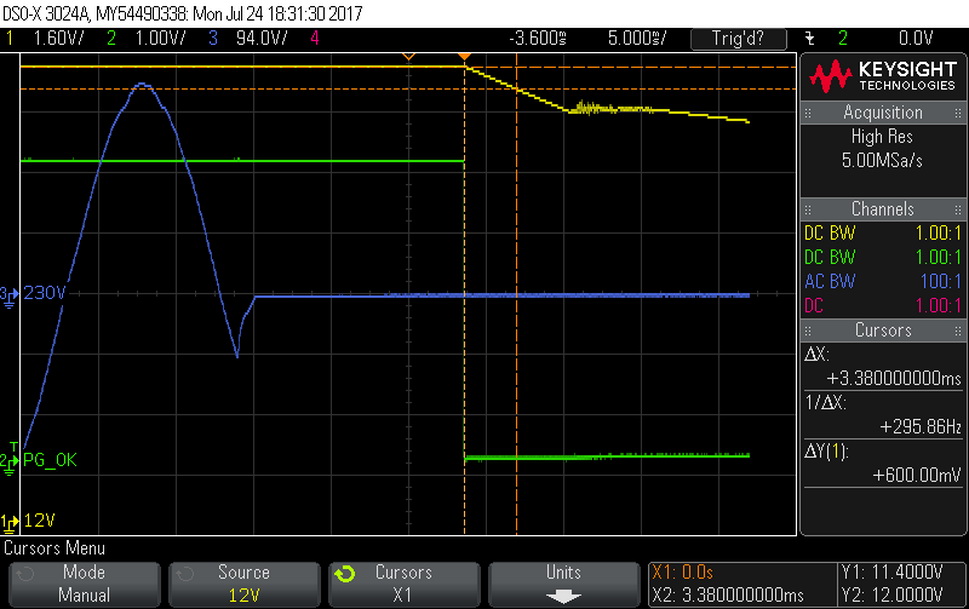
The hold-up time we measured was over 17ms. However, the power-good signal failed to reach 16ms, which is what the ATX specification requires.
Inrush Current
For details on our inrush current testing, please click here.
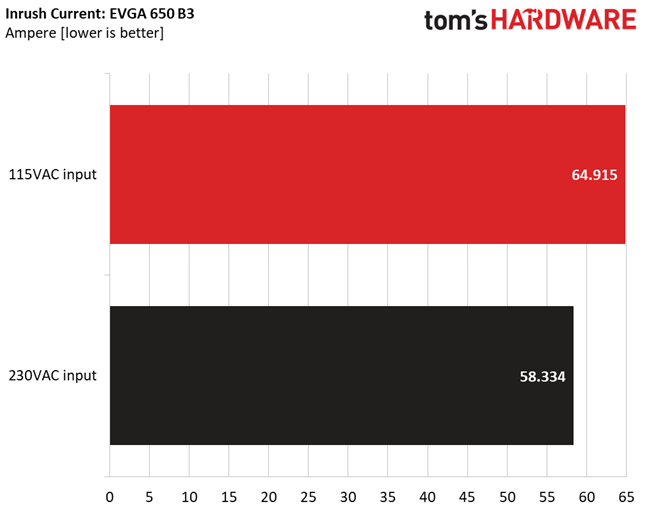
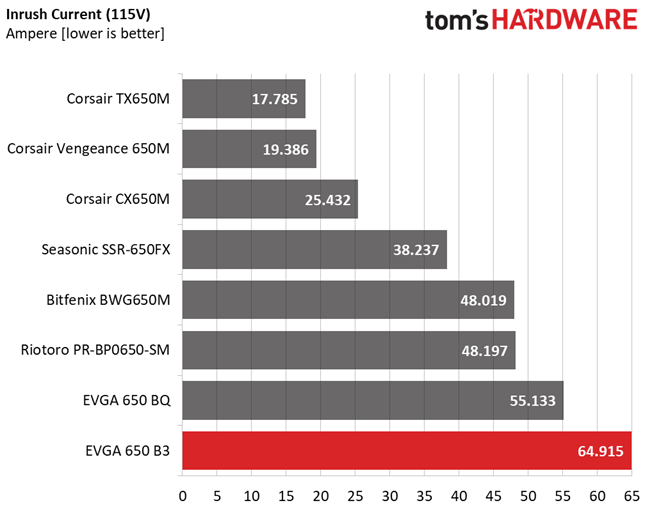
Inrush current was high with both voltage inputs.
Load Regulation And Efficiency Measurements
The first set of tests reveals the stability of the voltage rails and the 650 B3’s efficiency. The applied load equals (approximately) 10 to 110 percent of the PSU's maximum load in increments of 10 percentage points.
Get Tom's Hardware's best news and in-depth reviews, straight to your inbox.
We conducted two additional tests. During the first, we stressed the two minor rails (5V and 3.3V) with a high load, while the load at +12V was only 0.1A. This test reveals whether a PSU is compatible with Intel's C6/C7 sleep states or not. In the second test, we determined the maximum load the +12V rail could handle with minimal load on the minor rails.
| Test # | 12V | 5V | 3.3V | 5VSB | DC/AC (Watts) | Efficiency | Fan Speed | PSU Noise | Temps (In/Out) | PF/AC Volts |
|---|---|---|---|---|---|---|---|---|---|---|
| 1 | 3.547A | 1.975A | 1.981A | 0.980A | 64.751 | 81.688% | 893 RPM | 16.6 dB(A) | 38.51°C | 0.957 |
| 12.175V | 5.063V | 3.323V | 5.085V | 79.266 | 41.39°C | 115.21V | ||||
| 2 | 8.123A | 2.961A | 2.977A | 1.180A | 129.714 | 86.379% | 1005 RPM | 20.9 dB(A) | 39.36°C | 0.980 |
| 12.172V | 5.058V | 3.320V | 5.068V | 150.169 | 42.37°C | 115.21V | ||||
| 3 | 13.050A | 3.468A | 3.494A | 1.385A | 194.854 | 87.417% | 1218 RPM | 27.3 dB(A) | 39.82°C | 0.989 |
| 12.164V | 5.054V | 3.317V | 5.052V | 222.901 | 42.98°C | 115.21V | ||||
| 4 | 17.976A | 3.963A | 3.979A | 1.585A | 259.729 | 87.940% | 1240 RPM | 27.8 dB(A) | 40.14°C | 0.992 |
| 12.158V | 5.049V | 3.314V | 5.036V | 295.347 | 43.45°C | 115.21V | ||||
| 5 | 22.574A | 4.960A | 4.980A | 1.790A | 324.716 | 87.850% | 1315 RPM | 30.4 dB(A) | 40.69°C | 0.994 |
| 12.148V | 5.043V | 3.312V | 5.017V | 369.627 | 44.07°C | 115.21V | ||||
| 6 | 27.182A | 5.956A | 5.983A | 2.000A | 389.696 | 87.485% | 1425 RPM | 32.3 dB(A) | 41.41°C | 0.995 |
| 12.137V | 5.036V | 3.309V | 4.998V | 445.441 | 45.22°C | 115.21V | ||||
| 7 | 31.794A | 6.962A | 6.984A | 2.205A | 454.628 | 86.738% | 1550 RPM | 35.5 dB(A) | 42.76°C | 0.996 |
| 12.126V | 5.031V | 3.305V | 4.982V | 524.142 | 46.63°C | 115.20V | ||||
| 8 | 36.417A | 7.962A | 7.994A | 2.415A | 519.596 | 85.944% | 1645 RPM | 37.4 dB(A) | 43.25°C | 0.996 |
| 12.115V | 5.026V | 3.302V | 4.965V | 604.573 | 47.47°C | 115.20V | ||||
| 9 | 41.481A | 8.475A | 8.517A | 2.420A | 584.680 | 85.186% | 1817 RPM | 42.0 dB(A) | 44.86°C | 0.996 |
| 12.103V | 5.021V | 3.298V | 4.956V | 686.355 | 49.28°C | 115.20V | ||||
| 10 | 46.296A | 8.980A | 9.012A | 3.044A | 649.504 | 84.300% | 1910 RPM | 42.1 dB(A) | 45.46°C | 0.996 |
| 12.091V | 5.017V | 3.295V | 4.925V | 770.469 | 50.05°C | 115.20V | ||||
| 11 | 51.723A | 8.984A | 9.019A | 3.050A | 714.480 | 83.454% | 2003 RPM | 43.0 dB(A) | 46.63°C | 0.996 |
| 12.079V | 5.013V | 3.292V | 4.915V | 856.140 | 51.39°C | 115.19V | ||||
| CL1 | 0.097A | 13.021A | 13.003A | 0.004A | 110.061 | 80.138% | 1447 RPM | 33.5 dB(A) | 44.16°C | 0.980 |
| 12.159V | 5.043V | 3.322V | 5.098V | 137.339 | 46.88°C | 115.22V | ||||
| CL2 | 54.018A | 1.003A | 1.003A | 1.001A | 666.716 | 84.894% | 1910 RPM | 42.1 dB(A) | 46.44°C | 0.996 |
| 12.095V | 5.029V | 3.291V | 5.019V | 785.355 | 49.73°C | 115.20V |
Load regulation was tight on every rail except 5VSB, though that really doesn't matter so long as it's within the ATX specification's range. Moreover, the 650 B3 easily delivered its full power (plus more) under high operating temperatures.
The only downside was an aggressive fan profile once the ambient temperature climbed above 40°C.
It's worth noting that EVGA had no trouble satisfying the 80 PLUS Bronze program's requirements. With a bit of tuning, the 650 B3 could have achieved 80 PLUS Silver efficiency.
MORE: Best Power Supplies
MORE: How We Test Power Supplies
MORE: All Power Supply Content
Current page: Load Regulation, Hold-Up Time & Inrush Current
Prev Page Teardown & Component Analysis Next Page Efficiency, Temperature & Noise
Aris Mpitziopoulos is a contributing editor at Tom's Hardware, covering PSUs.
-
logainofhades Definitely priced too high, when you can get a G3 650 for a similar cost.Reply
PCPartPicker part list / Price breakdown by merchant
Power Supply: EVGA - SuperNOVA G3 650W 80+ Gold Certified Fully-Modular ATX Power Supply ($69.99 @ Amazon)
Total: $69.99
Prices include shipping, taxes, and discounts when availableGenerated by PCPartPicker 2018-07-16 09:21 EDT-0400 -
redgarl Phhh, EVGA doesn't equal quality. My Supernova B3 blew up with my EVGA 1080 FTW because my 1080 FTW was defective and my other power supply prevented this whole fiasco.Reply
EVGA, never again, overated like Corsair! -
docswag Reply
G3 has similar issues to the B3 based off of Tom's reviews. I'd personally stay away from them.21146687 said:The B3 have known issues. The G2 and G3 are solid though.
